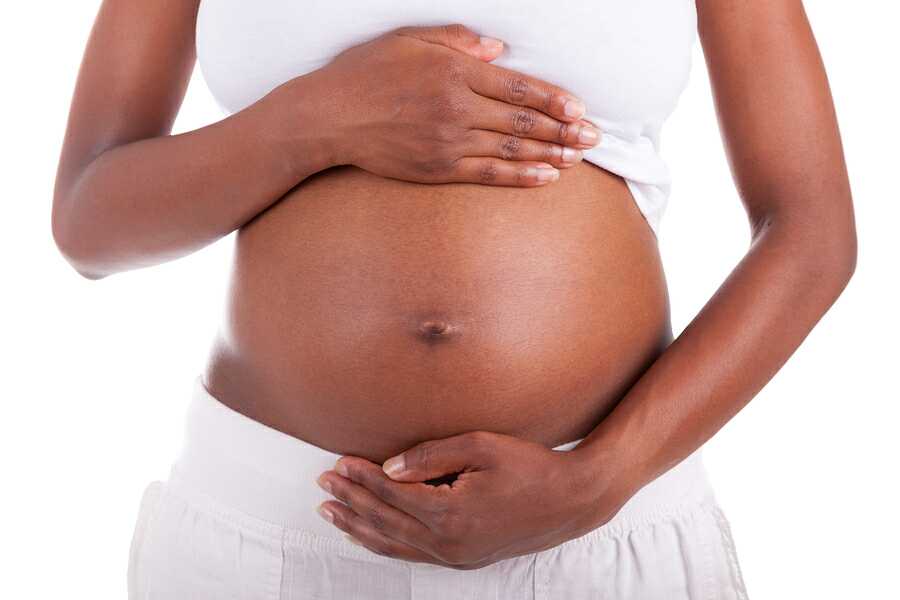Sometimes, not hearing the sound of a baby in a home could be due to ignorance of the term “ovulation period”, largely on the couples’ part. Knowing your most fertile day is an important step that increases your chances of getting pregnant.
What is ovulation period?
Ovulation occurs when the ovarian follicles rupture and release the secondary oocyte ovarian cells. After the ovulation, during the luteal phase, the egg will be added, the uterine lining (endometrium) is thickened to be able to receive a fertilized egg.
Where conception does not occur, the uterine lining, as well as blood, will be shed during menstruation.
In simple terms, Ovulation is the release of mature eggs from the ovaries during the menstrual cycle.
The eggs move into the fallopian tube and wait for the sperm to fertilize it. Once it is fertilized, it travels and implants itself to develop into pregnancy. And if it is left unfertilized, the egg shed alongside the uterus lining during menstrual period.

How Does It Take Place?
Ovulation takes place about fourteen days before menstruation starts. The typical menstrual cycle is twenty-eight days. However, this can vary from woman to woman. So, ovulation takes place on the 14th day, provided, it is a 28 days menstrual cycle.
In order to calculate your average menstrual cycle, monitor your menstruation for at least three months consecutively. For the first month, count from the first day of your menstrual period to the beginning of the next one, if it is 28 days interval till the next one, that is your menstrual cycle.
Note that the menstrual cycle might not be consistent for the three months straight, it could be less or more than twenty-eight days.
You are most fertile three to five days before the ovulation and the ovulation day itself. Where it is an average of 28 days cycle, there are six days called Fertile window, when you are most fertile.
Signs To know
A few days before you ovulate, your discharge or vaginal mucus becomes clear and slippery. This aid the sperm move up into the uterus and into the fallopian tubes where it can fertilize an egg.
Some women feel minor cramping on one side of their pelvic area.

